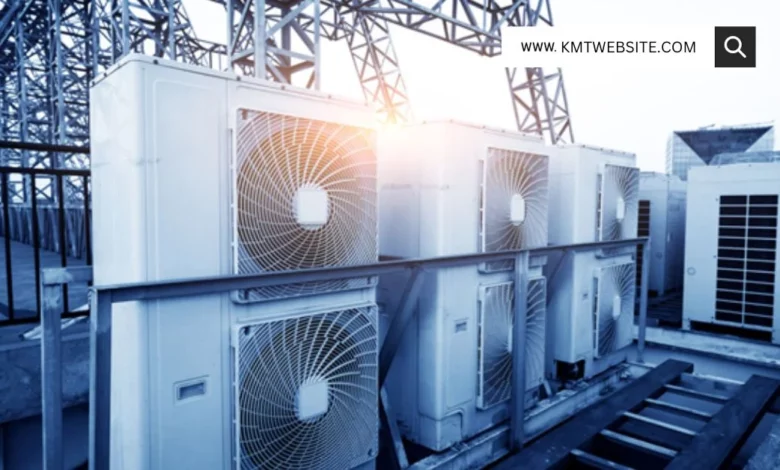How Does an HVAC System Work

Enjoying coziness in the high frigid temperatures and coolness in the scorching heat is sublime! It seems tempting to be able to regulate your immediate surroundings and maintain them at a standard, comfortable temperature. The real innovation behind this magic is the HVAC systems that enable you to transition your home temperature from too hot to too cold and vice versa.
HVAC systems adjust indoor temperatures, regulate humidity, and enhance your house’s air quality via filtration and purification while restoring oxygen levels, promoting comfort, and keeping your home healthy. Hence, comprehending how they function is imperative.
What Does the Acronym HVAC Stand For?
It refers to the following three distinctive functions offered by the system in a single installation:
- Heating
- Ventilation
- Air Conditioning
It circulates the air by drawing in new temperature-adjusted air from outside and releasing stale air, utilizing heating and cooling components to adjust temperatures. HVAC systems have become the most prominent home improvement, combining an air conditioner, a furnace, a duct system, and a thermostat. HVAC is sometimes accompanied by one more letter, R (HVAC/R), which stands for refrigeration and is mostly used in commercial environments. So, the next time you call an HVAC company in Sacramento, you will be acquainted with the prime initials of HVAC.
The Working of the HVAC System!
The HVAC system is generally your home’s most intricate and comprehensive system. You probably don’t give it a thought unless it breaks down. Thus, you should be aware of the following HVAC system components:
Air Return:
This component signals the commencement of the ventilation cycle, bringing in air, filtering it, and returning it to the main system. Essentially, clean your returns periodically since dirt and dust may readily accumulate on your filters.
Filter:
It’s the air return’s second element through which the air is pulled. Consider replacing your filters regularly to ensure flawless functioning.
Exhaust Outlets:
Exhaust outlets are another aspect where the heating system releases the generated exhaust. Thus, inspect your chimney flue or vent stack once a year or fix it if needed.
Air Ducts:
You might be familiar with ducts. These are the pathways responsible for circulating warm or cool air. Additionally, to ensure your duct’s optimal functioning, clean them every 2-5 years with the best Sacramento heating company professionals.
Electrical Elements:
This component is a bit complex, so employ a professional to fix it if something isn’t operating appropriately, as most issues typically start here. Until an expert come, inspect for a failed breaker or dead batteries in your thermostat.
Outdoor Unit:
It’s the most recognized and prevalent component of the HVAC system. The outside unit comprises a fan that generates air flow. Also, keep your unit devoid of grass and garbage. It may trigger severe problems if they are dragged into the fan.
Compressor:
It’s part of the outside unit which turns refrigerant from a gas to liquid and delivers it to the coils. Examine your compressor if you discover something isn’t working.
Coils:
Coils are another component of the outside unit which cools the air using refrigerant. To prevent further problems, inspect your coils once a year. Examine your refrigerant levels if they freeze.
Blower:
It pushes warm air into the unit’s central portion. Adequate air flowing through the system may enhance the system’s durability.
Your HVAC system combines the furnace and an air conditioning system, wherein the thermostat governs its operation. Perform rigorous research before installing a new HVAC system in your house. Obtain multiple quotes from companies, and an expert will visit your property to evaluate it so you can finalize the best HVAC system according to your preferences.




